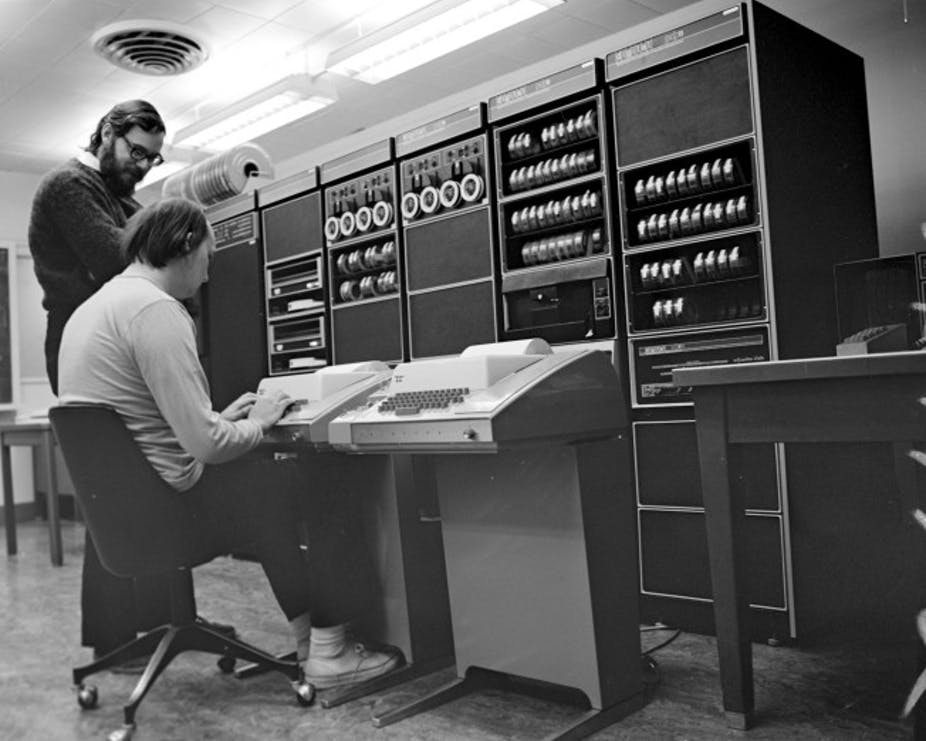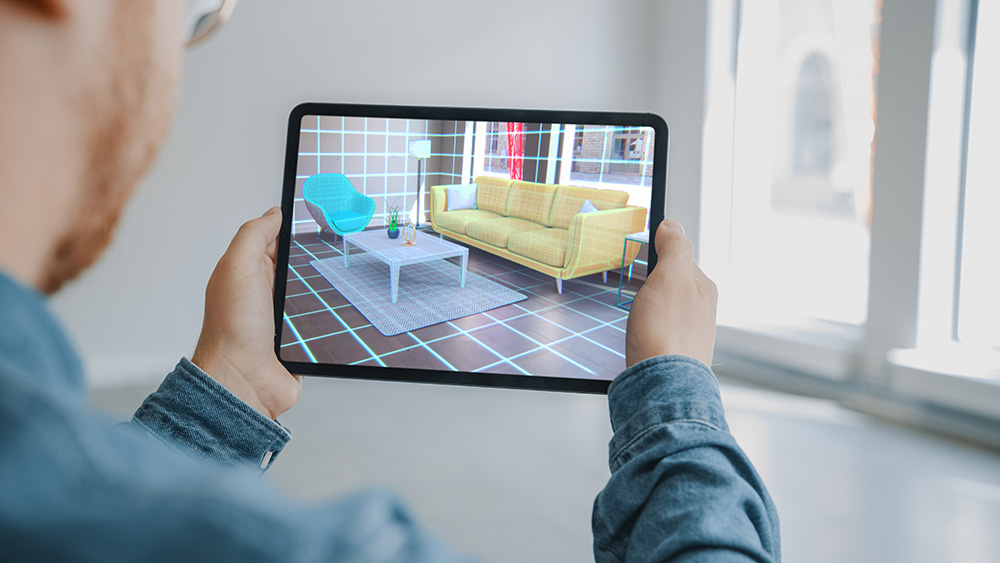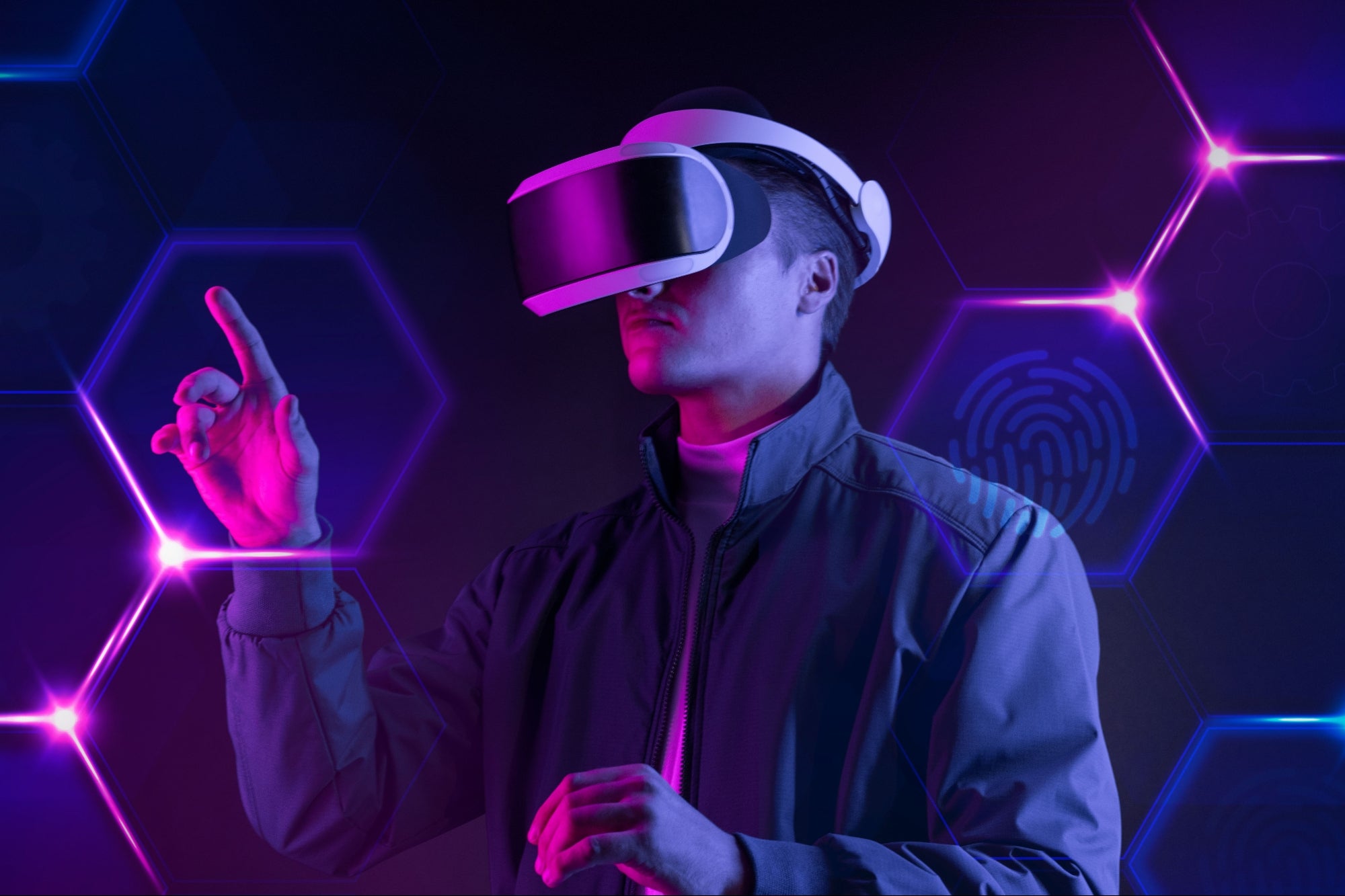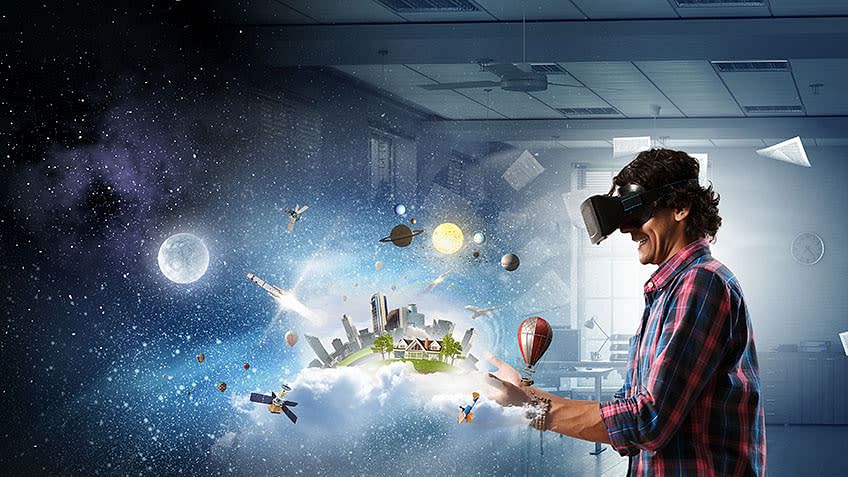The internet has changed the world in ways that were unimaginable 50 years ago, when the first message was sent via ARPANET, the precursor of the modern internet. Today, the internet is a global network of interconnected devices, services, and information that enables communication, collaboration, and innovation across various domains and sectors.

But the internet is not static. It is constantly evolving and adapting to new challenges and opportunities. The future internet will be different from the current one in many aspects, such as architecture, functionality, security, and user experience. In this article, we will explore two major trends that will shape the future internet and how we can prepare for them.
Trend 1: The Internet of Everything
One of the key characteristics of the future internet will be the proliferation of smart devices and sensors that will connect everything to everything. This is known as the Internet of Everything (IoE), which encompasses the Internet of Things (IoT), the Internet of People (IoP), and the Internet of Services (IoS).
The IoE will enable new applications and services that will enhance our lives, such as smart homes, smart cities, smart health, smart mobility, and smart industry. For example, we will be able to control our home appliances remotely, monitor our health status and receive personalized recommendations, access real-time traffic information and optimize our routes, and automate our production processes and optimize our resources.

The IoE will also generate massive amounts of data that will require advanced processing and analysis techniques to extract meaningful insights and value. This will require new paradigms such as edge computing, cloud computing, artificial intelligence (AI), big data analytics, and blockchain technology.
To get ready for the IoE, we need to:
- Invest in developing and deploying smart devices and sensors that are energy-efficient, reliable, secure, and interoperable.
- Adopt standards and protocols that enable seamless communication and integration among different devices and platforms.
- Develop and implement data governance and privacy policies that ensure the ethical and responsible use of data and protect the rights and interests of users and stakeholders.
- Foster innovation and collaboration among different sectors and disciplines to create new solutions and business models that leverage the potential of the IoE.
Trend 2: The Immersive Internet
Another major trend that will define the future internet will be the convergence of the physical and the virtual worlds. This is known as the Immersive Internet, which encompasses augmented reality (AR), virtual reality (VR), mixed reality (MR), and extended reality (XR).

The Immersive Internet will enable new forms of interaction and experience that will transcend the limitations of time and space. For example, we will be able to visit distant places and cultures, learn new skills and knowledge, play immersive games and simulations, and collaborate with others in virtual environments.

The Immersive Internet will also require new devices and interfaces that will enhance our senses and perception. This will include AR glasses, VR headsets, haptic gloves, brain-computer interfaces, and spatial audio systems.

To get ready for the Immersive Internet, we need to:
- Invest in developing and improving immersive technologies that are affordable, accessible, comfortable, and realistic.
- Adopt user-centric design principles that ensure the usability, accessibility, and inclusivity of immersive applications and services.
- Develop and implement ethical and social guidelines that ensure the safety, security, and well-being of users and prevent negative impacts such as addiction, isolation, or manipulation.
- Foster creativity and education among different groups and communities to create new content and experiences that enrich our lives.




